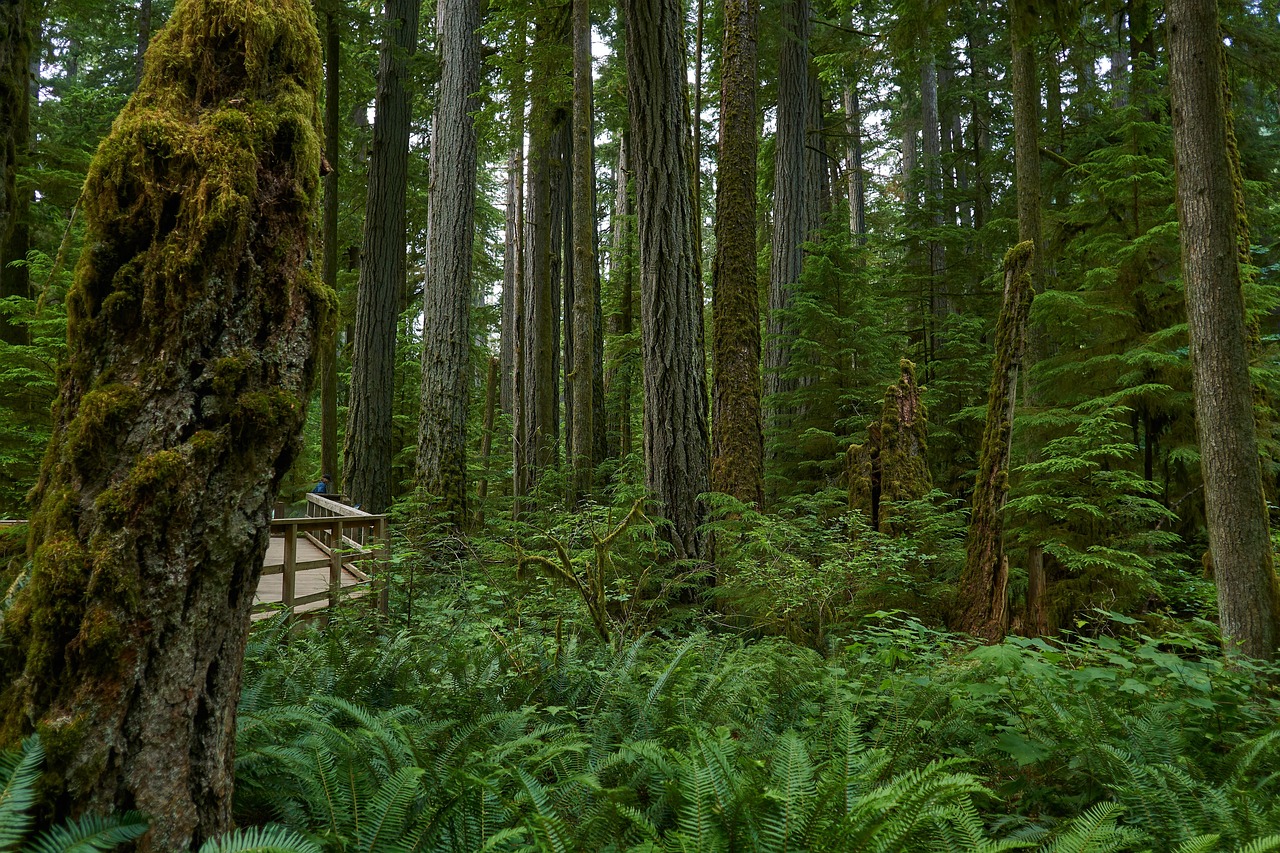Image by Justus from Pixabay
Imagine jungle vines taking over entire forests—and even showing up in satellite images. Newly published research reveals these botanical opportunists are spreading faster than ever before, reshaping forests and reducing their carbon storage power.
What Are These “Cheater” Plants?
At the heart of this phenomenon are lianas, woody vines that cling to trees to reach the sunlit canopy. Unlike full-fledged trees, they save energy by skipping strong trunks. This clever trick gives them a head start, faster growth, and lower nutrient needs—earning them the nickname “cheaters.”
Benefitting from Carbon Dioxide
Rising CO₂ levels are fueling a liana boom. While all plants grow faster with more carbon dioxide, lianas gain even more advantage. They simply use atmospheric CO₂ without the high resource investment trees need.
Why Satellites Can Spot Them
Leaf Tricks
Liana leaves reflect more visible and infrared light and sit flatter compared to tree leaves, making their presence stand out in satellite scans.
On-the-Ground Proof
In Panama, researchers literally climbed into the canopy using cranes to measure leaf angles and light behavior. Their field data matched computer models—confirming lianas are optically distinct.
The Impacts on Rainforests
Where lianas dominate, forest regeneration stalls. Young trees struggle to grow, and carbon storage can drop by up to 95%. As one ecologist explained: “That’s almost equivalent to deforestation.”
A Double-Edged Sword
Despite their disruptive reputation, lianas do provide resources—fruit and shelter—for certain birds and primates. Experts caution against hasty removal. Instead, they call for a deeper understanding of lianas’ ecological roles.
Looking Ahead
- Global Mapping: Satellites can now track liana spread, guiding forest management strategies.
- Climate Action: Reducing CO₂ emissions is the most effective way to curb the takeover.
- Smart Conservation: More studies are needed to balance liana control with biodiversity support.
Final Thoughts
Lianas are more than just jungle vines—they’re climate super-users. By exploiting carbon-rich air and hijacking trees, they’ve become major players in rainforest dynamics. While their rise challenges forest health, it also offers fresh insight into ecosystem resilience.
Could humankind’s next step be developing “liana-proof” forest strategies that let trees reclaim the canopy while preserving wildlife? Share your thoughts!
References: “Global increase of lianas in tropical forests” by Manuela A. Rueda-Trujillo, Michiel P. Veldhuis, Peter M. van Bodegom, Hannes P. T. de Deurwaerder and Marco Visser, 26 August 2024, Global Change Biology.
DOI: 10.1111/gcb.17485
Daily science news 2025, Best science blogs, New science research 2025, Popular science articles, Latest science news 2025










